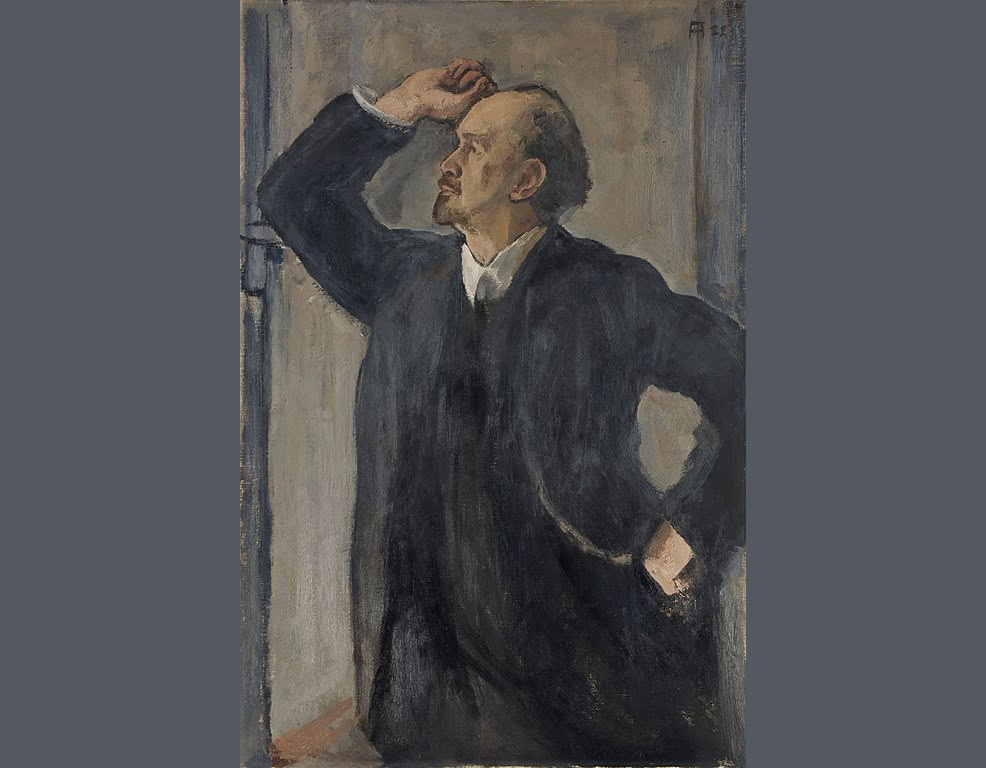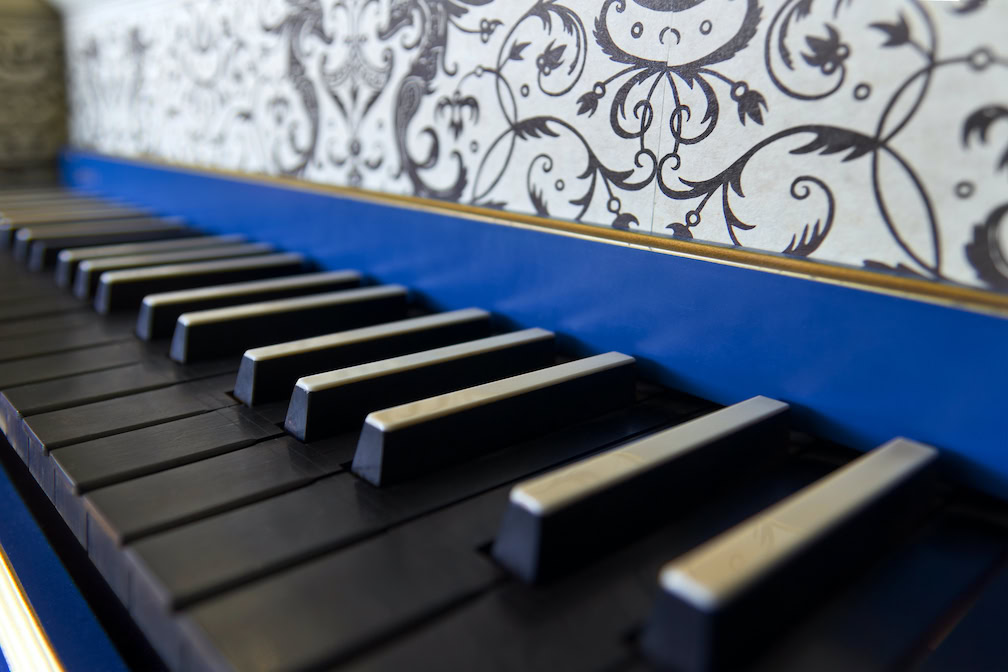Strange obstinacy
Three string quartets, composed over the course of 20 years, provide an insight into Hermann Suter's chamber music.

Hermann Suter is nothing like an old acquaintance. He was active in Switzerland, conducting the Basler Gesangsverein, the Basler Liedertafel and the symphonic concert series of the Allgemeine Musikgesellschaft. In addition to his many conducting engagements, to which he added the directorship of the Basel Music School and the Basel Conservatory from 1918-1921, he only produced a small compositional oeuvre. If anyone knows Suter, it probably goes back to his encounter with the oratorio Le laudi di S Francesco d'Assisi (1925) and the violin concerto op. 23 (1924) dedicated to the violinist Adolf Busch.
The three string quartets published in the Musiques Suisses series now provide a beautiful insight into the chamber music and the composer's career. Suter composed his first quartet in D major in 1901, his second in C sharp minor in 1910 and the last, so-called "Blackbird Calls" quartet op. 20 in G major in 1918. None of the three are progressive. Points of reference are primarily Johannes Brahms, on a second level Richard Wagner alongside Max Reger and on a third level the influence of Beethoven, whom Suter always admired, is palpable. The quartets are not as deeply enigmatic as Beethoven's late works. But they do contain surprises. Even in the first - particularly clearly at the beginning of the second movement "Moderato, con svogliatezza" - there are unusual twists and turns that cannot be explained by the German reference points.
At least a certain independence is noticeable. In the third string quartet, it turns into a somewhat disconcerting obstinacy. Shortly after the end of the First World War, Suter retreats, as booklet author Georg-Albrecht Eckle rightly puts it, "almost childlike into the idyll that he revives in a cheerfully melancholy, extremely detached three-movement quartet".
In addition to such historical "transverse positions", there are also some intonational slants. Since the Beethoven Quartet are seasoned professionals, the microtonal enrichments are probably due to time constraints during the recording. Despite some reservations: The CD remains an eloquent treasure trove for a Swiss music history that has yet to be written.
Hermann Suter: Complete String Quartets. Beethoven Quartet: Mátyás Bartha, Laurentius Bonitz, violin; Vahagn Aristakesyan, viola; Carlos Conrad, violoncello. Musiques Suisses MGB CD 6279









